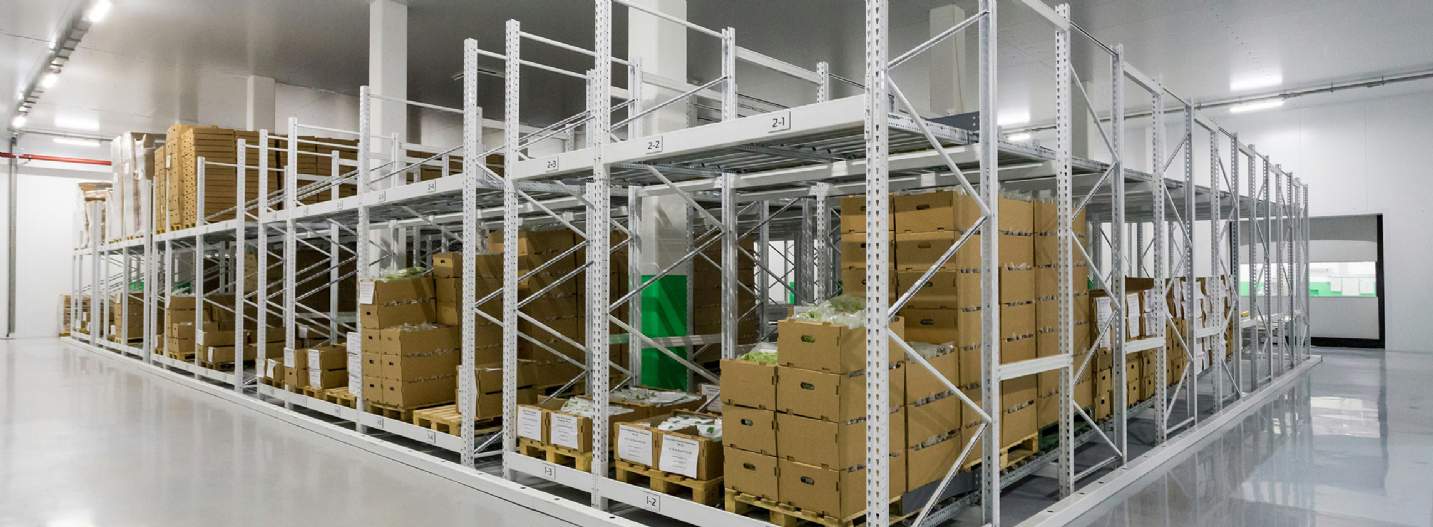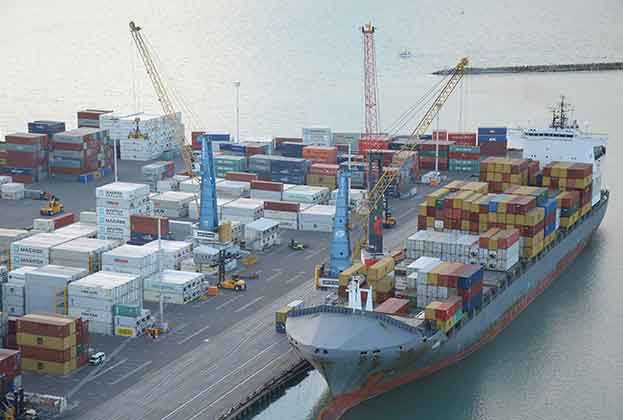Base rate falls will see consumer sentiment improve, which in turn will aid retail sales volumes
Estimates of GDP growth in the eurozone show that the bloc came out of recession in the first quarter of 2024, with GDP increasing by 0.3% in GDP. Similarly, employment rose by 0.3% q/q in Q1 2024, matching the pace seen in the final quarter of 2024, with Composite PMIs showing a significant improvement in labour market conditions. Manufacturing data showed an improvement of 0.6% month on month in March, driven by a surge in output in Ireland, which is unlikely to be replicated in future months. In addition to this, data from the World Trade Monitor points to an increase of 1% in global trade in February 2024, with the eurozone experiencing a 2.4% increase in imports. This should boost the flow of goods moving through the economy.
We have seen a continued deceleration in European inflation rates this year, strengthening the economic case for rate cuts, as weak growth provides little risk of a demand-driven inflation rebound. The German economy, in particular, is struggling to find a spark. Energy-intensive occupiers are still reeling from the energy price shock and a slowdown in global trade. Notably, energy prices, which drove inflation in 2022 and 2023 are now declining YoY, which should boost German manufacturing. At the same time, food price growth, which contributed significantly to inflation in 2023, has slowed sharply.
With inflation now favouring a more dovish stance on monetary policy, policymakers at both the ECB and Bank of England are signalling a June pivot in policy rates, with 75–100 bps in rate cuts expected through the second half of this year. This should start to bring more activity into the economy with higher levels of investment and consumption.
A recovery in the consumer economy can be seen clearly in Oxford Economics’ forecast over the next two years. Firstly, slowing inflation will reduce downward pressure on real household disposable incomes. With wage data showing continued growth across Europe, Oxford Economics is forecasting annual Household Disposable Income growth of 1.1% and 1.7% in 2024 and 2025, respectively. Secondly, with disposable incomes rising, we expect consumer spending to see a similar recovery in growth. Indeed, Real Consumer Spending is expected to rise by 1.3% and 2.2% in 2024 and 2025, respectively.
This is important for Europe’s logistics market, as growing consumer demand for goods increases the flow of goods through the economy. Based on Savills own data, more than 60% of leasing activity in the UK has historically been driven by retail occupiers. All things held equal; this should drive a recovery in the occupier market as occupiers look to expand their footprints to accommodate the growing demand for their services.
It remains critical to note that this recovery will not be uniform. At present, the Central Eastern economies are forecast to see the fastest compound annual growth over the next five years, with the Czech Republic (+3.1%), Hungary (+2.5%) and Poland (+2.5%) well ahead of the rest of Europe. This will be driven by similarly robust compound annual growth rates in household disposable income in these locations, growing by 2.3%, 2.0% and 2.1%, respectively, compared to an average of 1.4% over the next five years across Europe. The weakest growth in consumption will be in the Netherlands (1.1%), Portugal (+0.9%) and Italy (0.5%), with corresponding weakness in growth in disposable incomes.
Read the articles within European Logistics Opportunities below.


